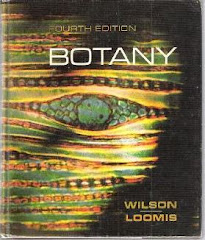
This is a very successful project David has underway that uses a UDN2916B motor driver IC out of a printer to control a bipolar stepper motor with a Stamp micro-controller. It demonstrates very accurate discrete control of the stepper motor via parametric changes in variables in the code. Our plan is to create a board layout and use an outside service to produce a printed circuit board. The next step is to scale the architecture with a two-level multi-Stamp model to control multiple boards.






